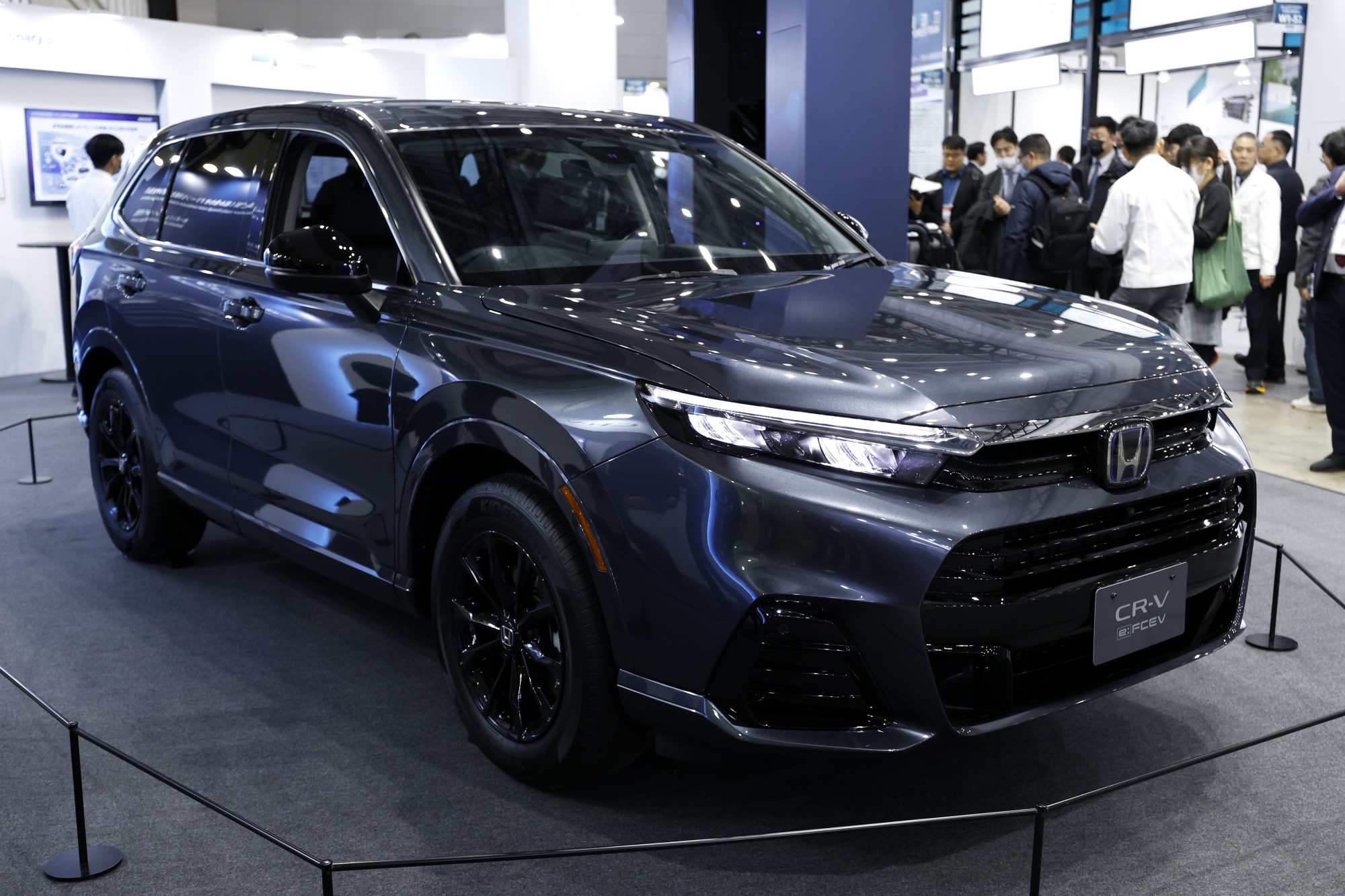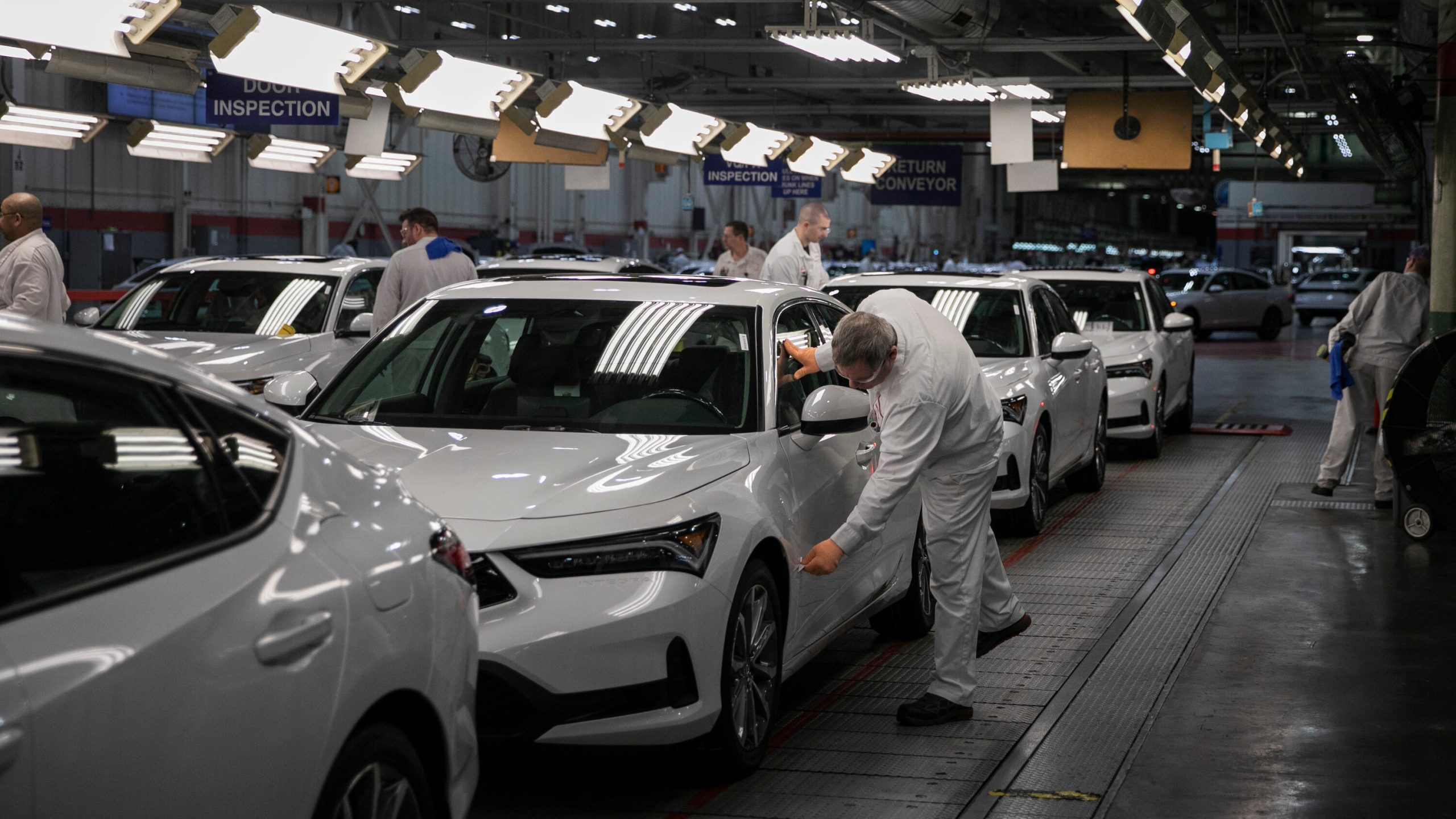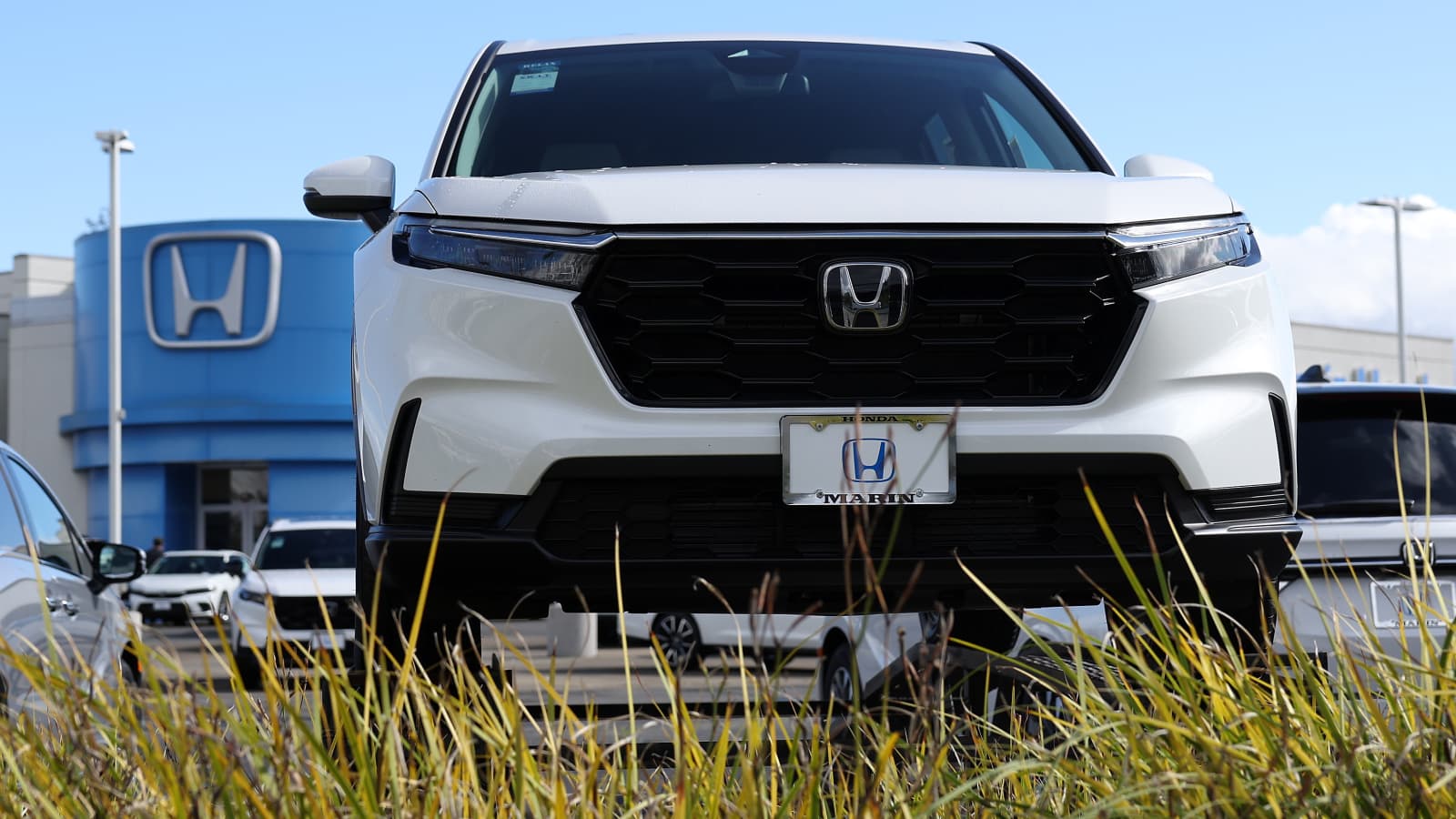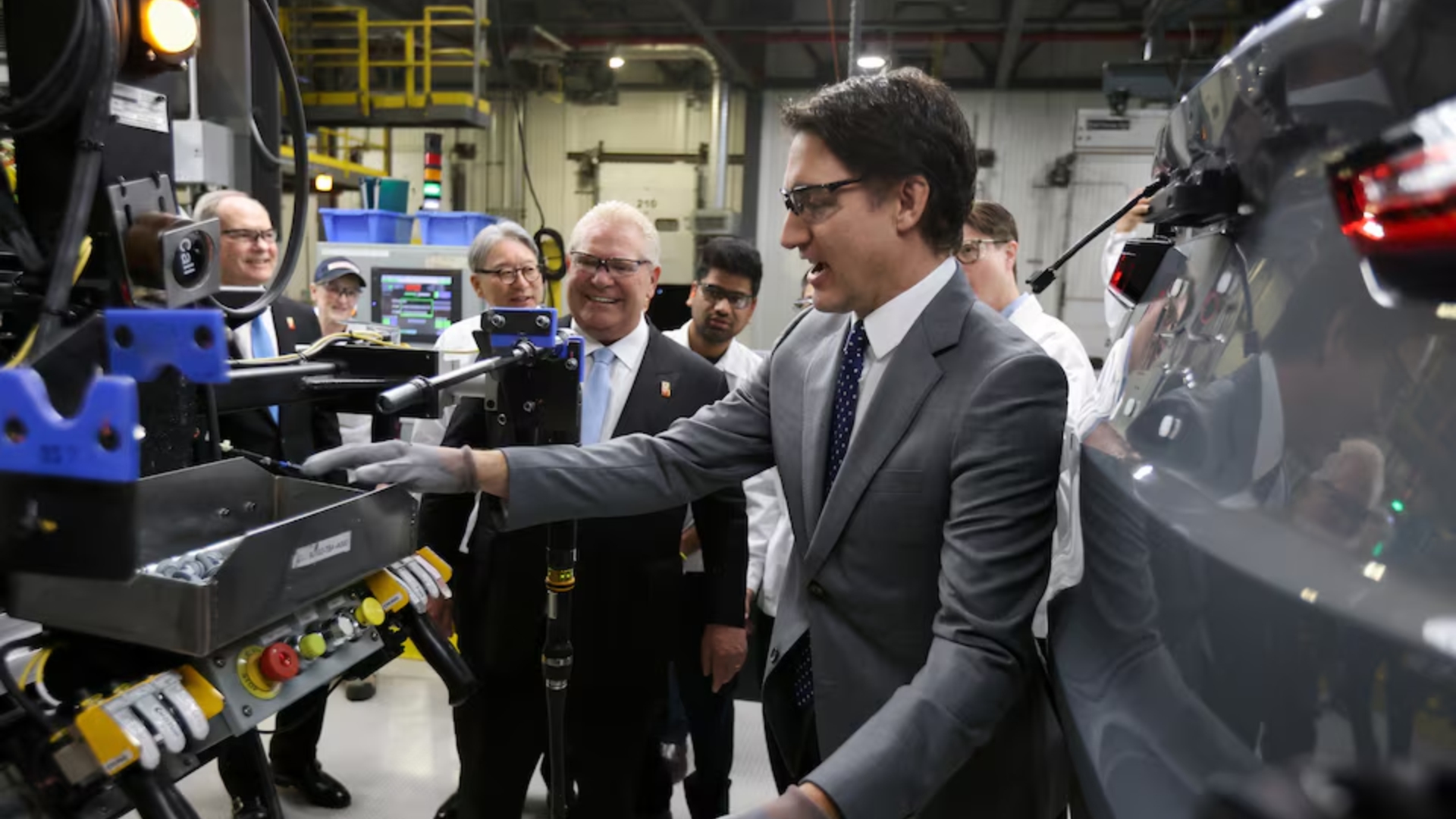Honda Motor Corporation has disclosed plans for a groundbreaking $11 billion investment initiative in Ontario, Canada, signaling a significant departure from its previous stance on electric vehicle (EV) adoption.
Traditionally focused on hybrid technology, Honda’s move to allocate such substantial funds for battery and EV manufacturing represents a strategic shift.
The decision reflects a growing acknowledgment within the automotive industry of the increasing prominence of electric propulsion systems.
Japanese Automaker Pledges Massive Funding to Establish Battery and EV Production Hub in Ontario

The investment, set to be centered around Honda’s existing facility in Alliston, Ontario, marks the largest commitment by an automaker in Canadian history.
Prime Minister Justin Trudeau hailed the development as a significant milestone for the region and the nation, emphasizing its potential to create 1,000 new jobs.
In addition to retooling its flagship factory in Marysville, Ohio, Honda plans to collaborate with LG Energy Solution on a $4.4 billion investment for a new battery plant in Jeffersonville, Ohio. These initiatives underscore Honda’s dedication to expanding its EV footprint across North America.

Canada’s attractive incentives for EV production, coupled with its abundant lithium reserves and clean energy sources, have made it an enticing destination for automakers.
Honda stands to benefit from up to $1.8 billion in tax credits, reinforcing the government’s commitment to fostering a robust EV ecosystem.
Moreover, Honda’s vertical integration strategy, involving the conversion of raw materials into battery components, aims to drive down costs and enhance affordability. This approach mirrors successful models employed by other industry players like BYD in China.

The influx of investment not only promises economic benefits but also underscores Canada’s emergence as a key player in the global EV supply chain.
Asahi Kasei’s decision to establish a battery component factory further cements this trend, supported by governmental and corporate collaboration.
With Honda’s bold commitment to electrification, coupled with supportive government policies and a burgeoning supply chain, Canada is poised to become a pivotal hub for sustainable automotive manufacturing in the years to come.






Leave a Reply